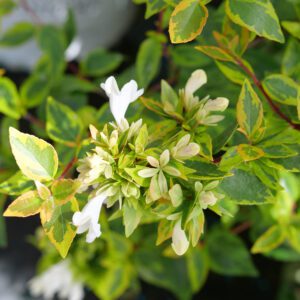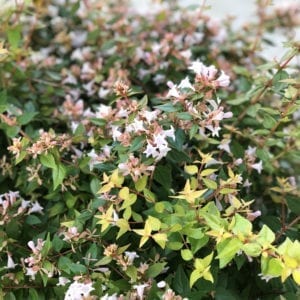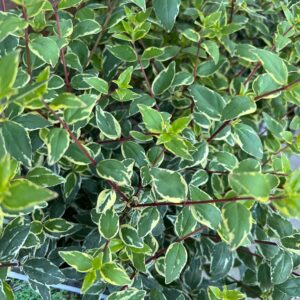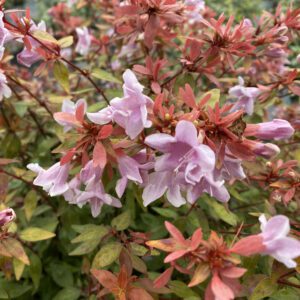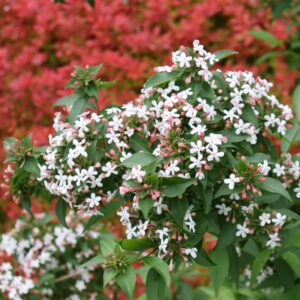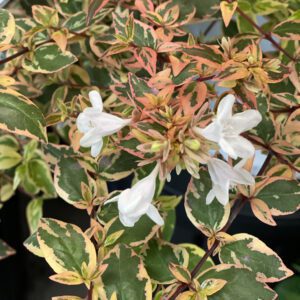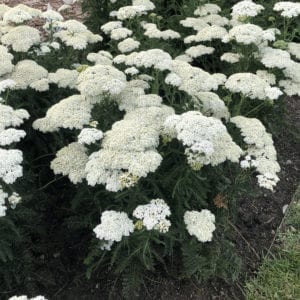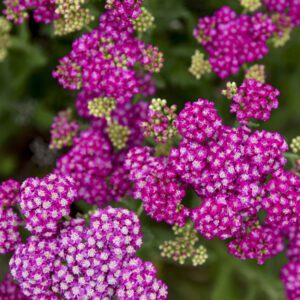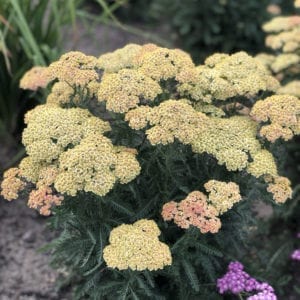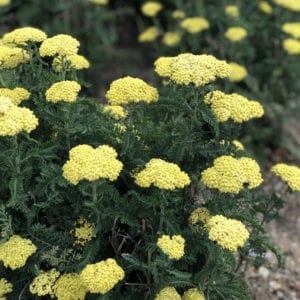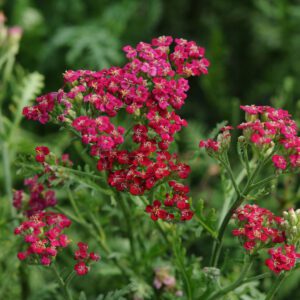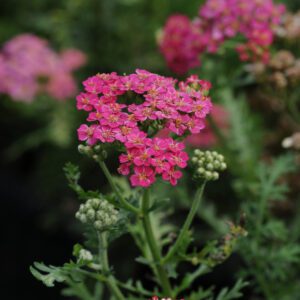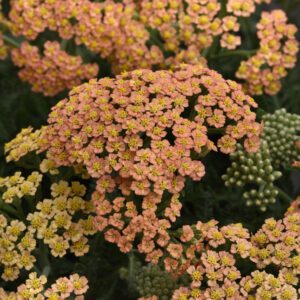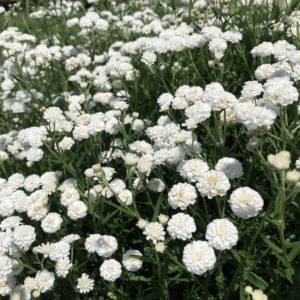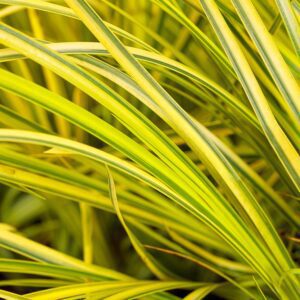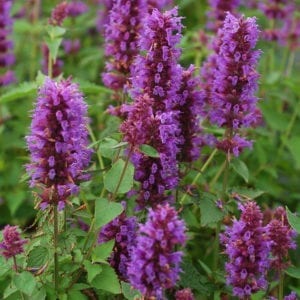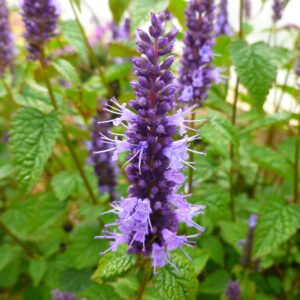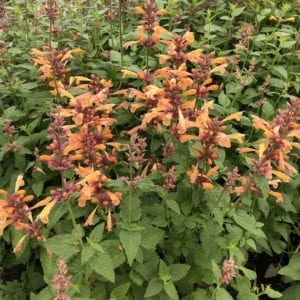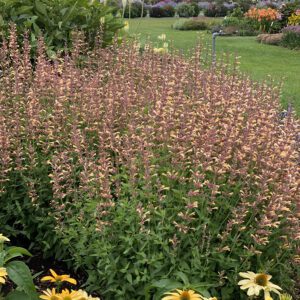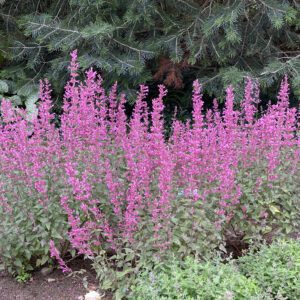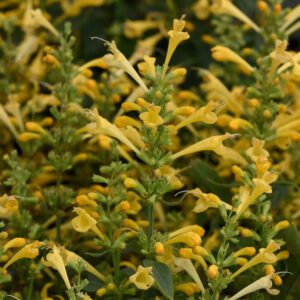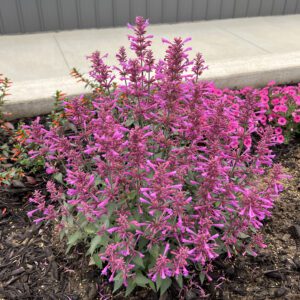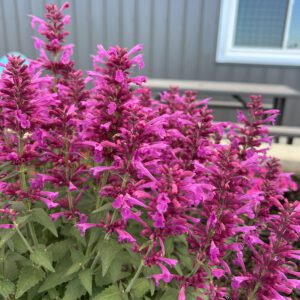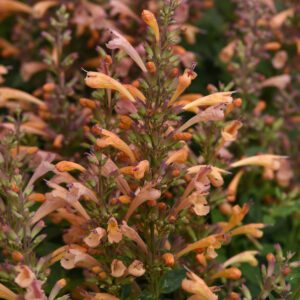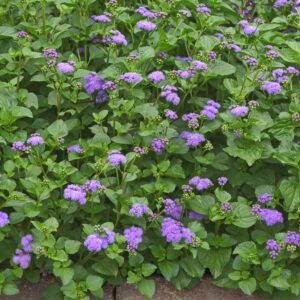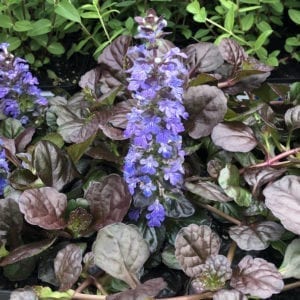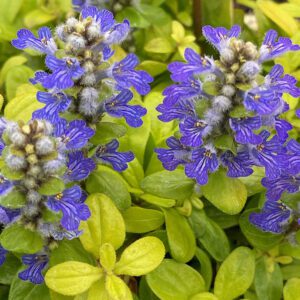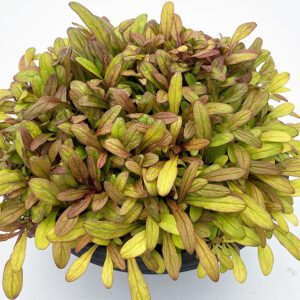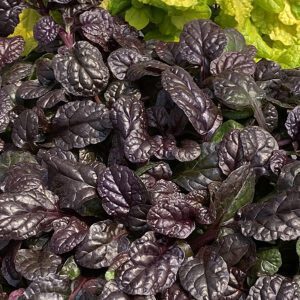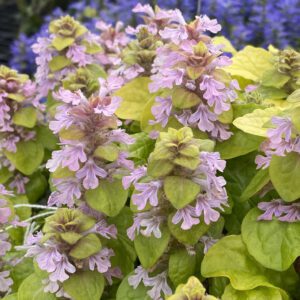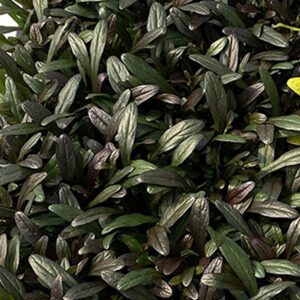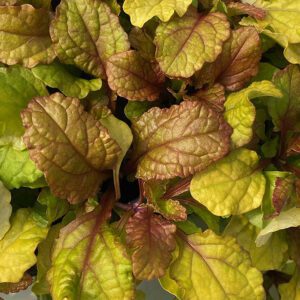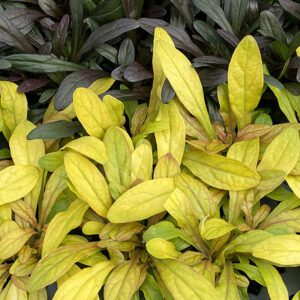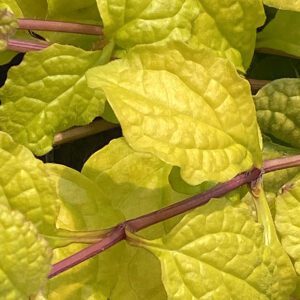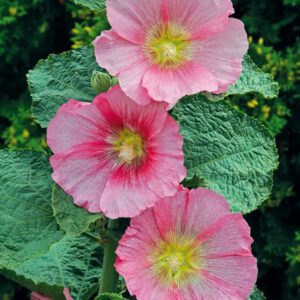Dealing with Deer and Rabbits
Deer and rabbits are adorable creatures…as long as they are not eating your plants! Watch how quickly your expression turns from “How cute!” to “Oh no!” once you realize they are eating the crocuses you’ve waited all winter to bloom or the lily buds you’ve been anxiously watching form for the last month. But all is not lost! Let’s take a look at how you can identify who’s eating your favorite plants and what you can do about it.
RABBITS
What to Watch For

- Scissor-like cuts at a 45-degree angle across a leaf or stem – Rabbits have both upper and lower incisors that make clean cuts, not ragged ones.
- Damage from ground level to two feet up
- Gnawed away bark near the base of a small tree or shrub
- Pea-sized droppings in small piles all year long
- 4-6” hole that is angled slightly downward, often found on slopes or wherever drainage is good
- Rabbit tracks in the snow
Plants Rabbits Avoid

Rabbits are voracious eaters and their appetites seem to vary around the country. What some gardeners report as resistant, others report as frequently damaged. Some trial and error will be necessary for you to learn what rabbits in your neighborhood like to eat.
Generally, they seem to avoid plants that have aromatic foliage, tough leaves that are harder to chew, thorns or prickles, poisonous sap, and those they can’t reach (over two feet tall). Tender new foliage emerging in spring is always a prime target of rabbits.
Unfortunately, growing plants they don’t like to eat among those they do isn’t a big deterrent for rabbits. Like a child who eats his sandwich but leaves the crusts, rabbits will seek out and selectively eat their favorite plants right down to the ground.
While no plants are 100% rabbit proof in all situations, a few popular plants tend to fair much better than others. They include: dahlias, geraniums, salvias, verbena, bee balm, bleeding hearts, catmint, foxglove, peonies, shasta daisies, boxwood, yews, junipers, butterfly bush, hydrangeas, and spirea.
Click here to shop our entire list of rabbit resistant plants.
Rabbit Controls

You’ll need to channel your inner Mr. McGregor to keep Peter Rabbit away. The most secure way to keep rabbits from eating your plants is to put up a 2-3 foot tall fence that they can’t jump over. The fencing must extend at least 4-6 inches down below ground to keep them from burrowing under. Use chicken wire or hardware cloth with one inch or smaller mesh.
If a fence isn’t practical or possible, consider using a repellent like Bobbex (available at our retail garden center). Most repellents, including Bobbex, are made from natural materials that are safe to use around children and pets, but always read the label before you buy. You’ll need to reapply it several times per season, but it might be worth it to protect your plants.
DEER
What to Watch For

- Hoof prints in soft soil and snow
- Roughly torn leaves or stripped branches – Deer lack front teeth so they rip the leaves off instead of biting them.
- Damage 2-6 feet up on the plant – If your arborvitaes are shaped like mushrooms with their lower branches stripped, you have deer.
- “Buck rub” – shredded bark on small trees in late summer to early fall from male deer rubbing the felt off their antlers
- Piles of elongated pebble-shaped droppings, sometimes mistaken for rabbit poop
Plants Deer Avoid

It is estimated that a deer eats 4-10 pounds of vegetation every single day. Think of how many of your hostas you would need to add up to that weight! You can encourage them to fill their large bellies elsewhere by growing plants they don’t prefer, though no plants are 100% deer proof. They will even eat plants they know are poisonous if they are starving.
Deer prefer a bland diet. That means plants with aromatic foliage, finely textured plants that don’t offer much sustenance, and plants that are unpalatable because they are really fuzzy or have a bitter taste are typically passed by in favor of something tastier. Deer are also fairly lazy in that they will sooner eat something at eye level rather than something they have to bend way down to eat, if given the choice between the two.
A few popular plants that deer tend to avoid include: geraniums, salvias, daffodils, allium, Lenten roses, foxglove, yarrow, ferns, lavender, catmint, Russian sage, creeping thyme, butterfly bush, barberry, boxwood, potentilla, and many ornamental grasses.
Click here to shop our entire list of deer resistant plants.
Deer Controls
The tricks people have tried to keep deer from eating their plants must number in the thousands. If you’re reading this article, you’ve probably invented a few yourself. Many are marginally effective. Some will have your neighbors questioning your sanity.
The surest way to keep deer from eating your plants is to install an 8-9 foot tall, black, polypropylene mesh fence which they cannot jump. That’s right, we said 8-9 feet—deer can easily jump the average suburban chain link fence at 2AM when it’s pitch black outside.
The black color of the mesh fencing helps it blend into the background, making it nearly invisible in your landscape. It’s also harder for the deer to distinguish so they are less likely to try and jump over it. It can be a pricey investment but will save you as much in lost plant material over the years and requires almost no maintenance once it is installed.
Note that planting a border or hedge of deer resistant plants will not deter deer from entering your property. They will simply hop over or go around it in search of the tasty plants they know you are trying to hide.
If a fence isn’t possible or you are willing to put up with moderate deer damage in your garden, you can try using a repellent on your non-deer resistant plants. Bobbex works for deer as well as rabbits, as do several other repellents on the market. There are also repellents that spray water at the deer, emit a high-pitched noise or have flashing lights. Your level of desperation may determine which method or methods you employ.
Plant Type
Common Name
Sun Exposure
Hardiness Zone
Brand
Staff Pick
Soil Moisture Needs
Attributes
Nature Attractions
Critter Resistance
Season of Interest (Flowering)
Design Use
Edible Type
Prune Group
Max Height
Max Spread
Blooms On
Growth Habit
Soil Type
Showing 1–36 of 796 results

